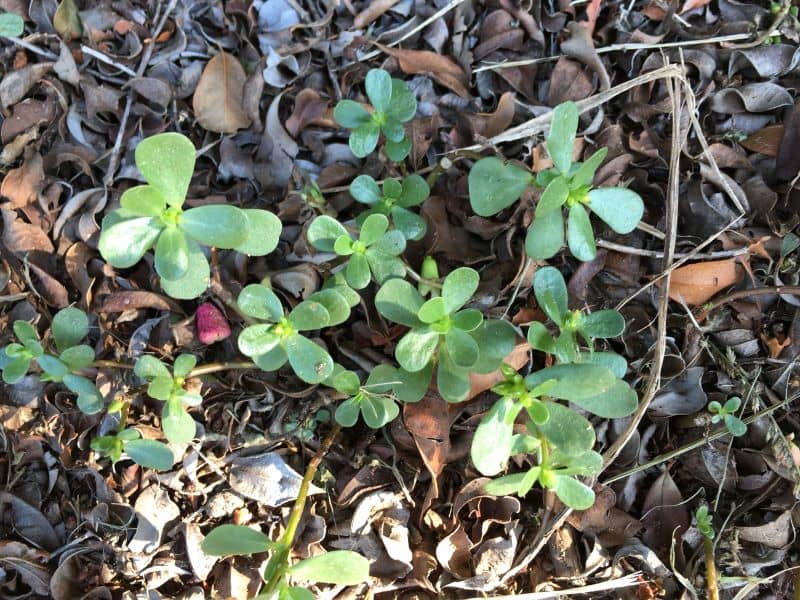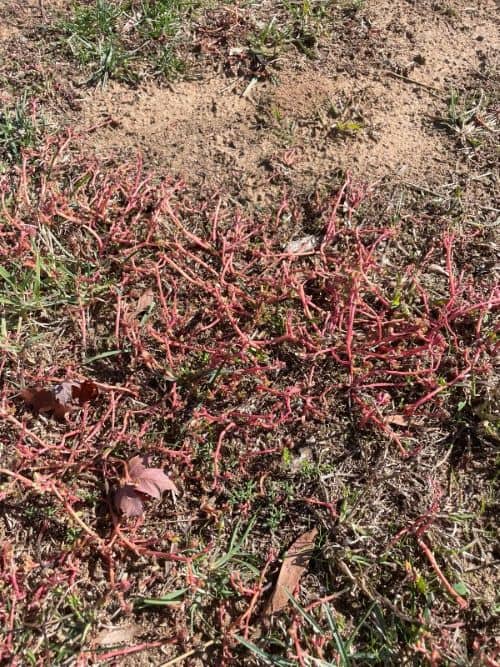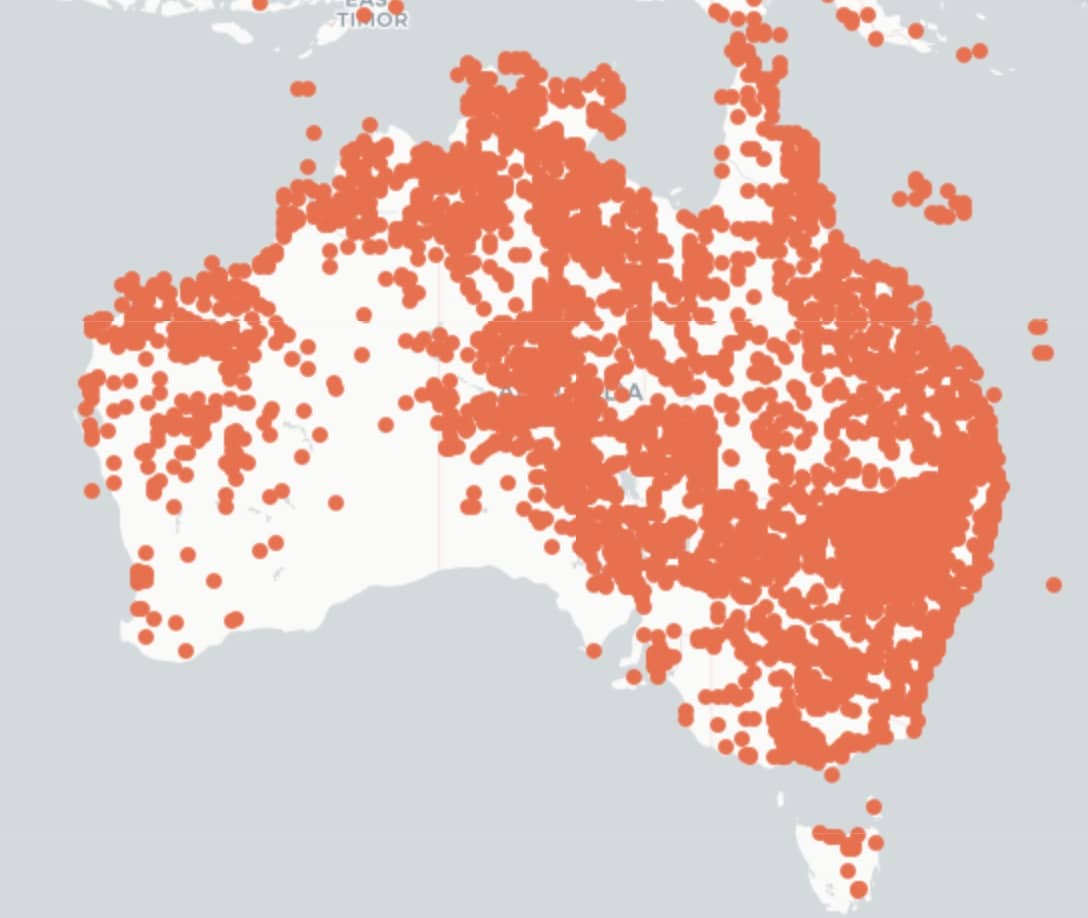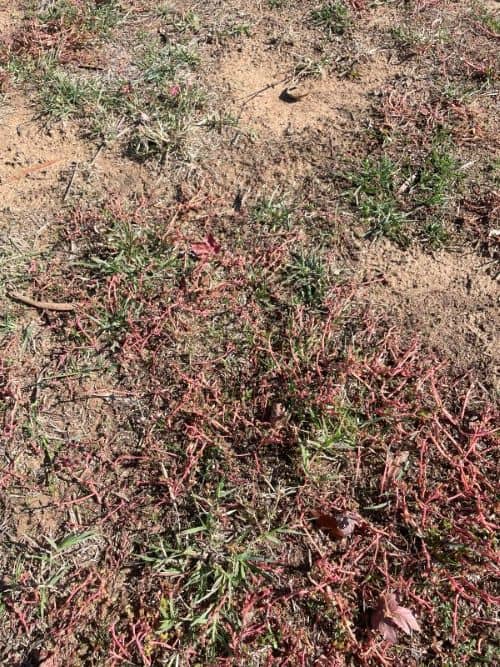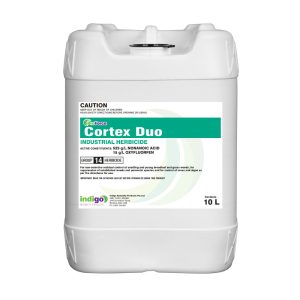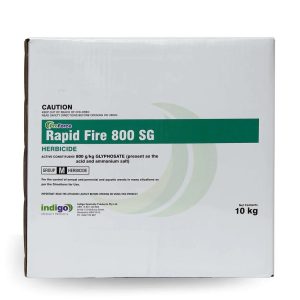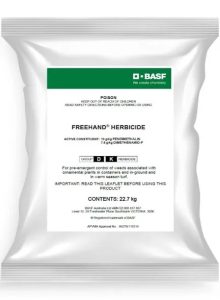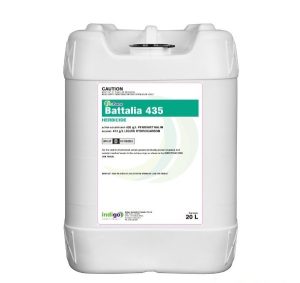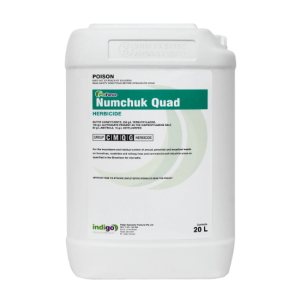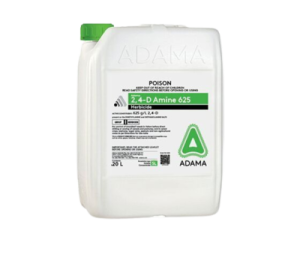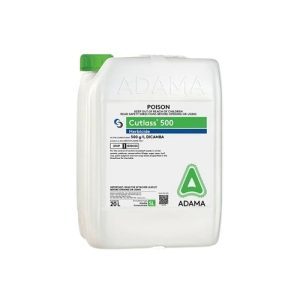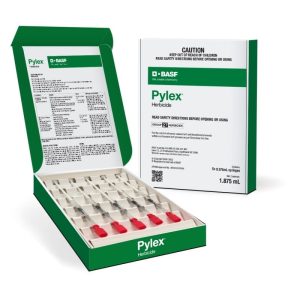Pigweed (Portulaca oleracea).
Pigweed (Portulaca oleracea) is also known as Common Purslane. It is a prostrate Summer annual that often forms dense mats that choke out vegetation. Pigweed has red stems that radiate out from a central point like spokes on a wheel. We how ti control Pigweed by cultural means and with the use of Pigweed herbicides.
Pigweed is not the same as Horse or Desert Purslane (Trianthema portulacastrum).
After you read this, you will be able to:
- Identify Pigweed or Purslane.
- Know the habitat of Pigweed.
- Know the best options to control Purslane.
Why is Pigweed such a problem?
- Portulaca oleracea competes for soil moisture and nutrients. It also prevens light from reaching the soil surface and prevents seedlng emergence.
- Pigweed is a host for Root Knot , Pin and Reniform nematodes.
- It is very invasive.
- It is a big seed producer and one plant an produce up to 250,000 seeds over a season.
- The seeds of Pigweed remain viable for several years but once they are exposed to the light, or the soil is disturbed they germinate rapidly.
- Pigweed is an alternative host of pests and diseases such as Root Knot, Pin, and Reniform nematodes.
- Pigweed is also able to re-grow vegetatively.
- It is drought tolerant.
- Pigweed has allelopathic effects on seed germination, and seedlings of other plants.
Pigweed has a unique competitive advantage over other plants as it can switch from C4 metabolism to what is called crassulacean acid metabolism (CAM). This happens when the days shorten or when it is under drought stress.
When Pigweed switches to CAM metabolism, it closes its stomata during the day in dry conditions to reduce water loss. It then opens them at night to take in the CO2 it needs for photosynthesis.
One of the interesting things about Common Purslane is that although it is generally considered to be a weed it actually has many positive attributes.
- It is used widely as a source of food by humans and livestock.
- It is a rich source of omega-3 fatty acids, and contains high levels of antioxidants.
- Pigweed has also been shown to be effective to drain salts from contaminated soils.
How to Identify Pigweed.
Common Purslane is a member of the Portulaca family and is a Summer annual. Seeds germinate from the late Spring to the middle of Summer. They then produce taproots from central growing points, and spread laterally in radial patterns. They do not root at nodes.
Pigweed has branched, red creeping, fleshy hairless stems, that have a water content of over 90%. These stems are 20 to 50 cm long, with succulent leaves and tiny yellow flowers. These 6-8 mm diameter flowers have five notched petals, and only open in the full sun.
Category: Purslane is a broadleaf (Dicot) weed.
Flower: Pigweed flowers are yellow, have 4 to 6 petals (often 5), and are 3 to 10 mm long. These are often single or in small clusters, and you can see them in the forks of leaves.
Height: Pigweed is a prostrate weed.
Leaf length: The hairless wedge-shaped leaves of Pigweed, are alternate along the stems, and are 5 to 25 mm long,
Leaf width: The leaves of Pigweed are 3 to 15 mm wide.
Pigweed Reproduction.
Pigweed spreads mainly by seeds but it also reproduces vegetatively from stem fragments. Seed germinates at the soil surface in large numbers when the soil temperature exceeds 25°C with an optimal temperature of 30°C.
Pigweed seeds germinate in the late Spring and then continue to germinate through the Summer. They spread long distances by wind, water, and by passing through the guts of birds. The seeds remain viable for up to 40 years.
Three to six weeks after the plants germinate, they start to flower in mid to late Summer, and then have several flushes of flowers. Common Purslane produces viable seeds as early as three weeks after it emerges, and each plant produces over 150,000 seeds.
Pigweed seeds remain dormant over the Winter months. In the Spring seeds germinate and give rise to new plants in the Summer of the following year.
Seed burial is also a significant factor in Pigweed germination. Seedling emergence is greatest at the soil surface, and then declines with increasing soil depth.
Pigweed is susceptible to low temperatures, and begins to die once the temperatures begin to drop in the early Autumn.
Comments: Pigweed is thick, and flat at the nodes. Its taproot is white or brown in colour with fibrous hairs that reach to a depth of 30 to 50 cm. The stems of are maroon to purple, hairy, and erect, and remain moist and viable for several days after cultivation.
Habitat: Pigweed is a common weed of crops, pastures, gardens, disturbed sites, waste areas, footpaths and roadsides. It favours high fertility soils with moderate moisture, but grows in nearly all soil types.
For more information on weeds check this weed ID Chart.
The distribution map of Pigweed in Australia is courtesy of The Living Atlas of Australia.
How to Control Pigweed.
You can control Purslane or Pigweed by cultural and chemical means, but successful management of this weed is best if you adopt an integrated approach.
Cultural Control of Pigweed:
- The first step to manage Pigweed (Portulaca oleracea) is to prevent it in the first place. This is because once Common Purslane establishes it is difficult to control.
- Don’t bring Common Purslane into un-infested areas and clean equipment like mowers etc.
- In healthy, established turf grass, Pigweed is usually not a problem. It is more of a problem in weak, poorly maintained turf grass.
- Feed your turf properly and cut it at the right height to maintain a healthy, competitive turf cover.
- If Purslane is flowering remove the plants offsite to make sure that it does not release viable seed.
We have seen big issues with Pigweed after cultivation, as this tends to bring deeper weed seeds to the surface where they then germinate after irrigation.
Chemical Control of Pigweed.
In Australia, there are several Pigweed herbicides to control Portulaca oleracea. For instance: 2,4-D, Dicamba, Pendimethalin, Propyzamide, and Glyphosate.
Pre-emergent Control of Pigweed.
If you use pre-emergent Pigweed herbicides make sure you apply these to the soil surface before seedlings emerge, and are activate them with an irrigation or rainfall.
If you treat mature Pigweed too late in the season, control is often erratic as seed set may have already occurred.
The University of California notes that preemergent herbicides, like Dithiopyr, Pendimethalin, and Propyzamide are particularly good at stopping Pigweed seeds in their tracks. However these do not have a registration for this weed in Asutralia in turf grass.
- Metolachlor is suppreses Pigweed.
- BASF Freehand herbicide.
Post emergent Control of Pigweed.
Dicamba, and 2,4-D are effective post emergent Pigweed herbicides, and are available to the home gardener. Another option for Pigweed control is Quali-Pro Crest, but If you use this, use it with a Crop Oil Concentrate like ProForce Voltage MSO.
In South Africa, Casper Turf is registered to control Purslane or Pigweed at 600 – 800g /Ha.
Table of Selective Post emergent herbicides for Pigweed or Purslane.
Product | Active | Chemical Group | Rate/Ha | Comments |
2,4-D | 2,4-D | 4 | 1.8-3.2L | Wet foliage. DO NOT mow lawn for 1 week before and at least 1 weed after use. DO NOT use on Buffalo grass (WA only). |
Dicamba | Dicamba | 4 | 1.2L + 3.2L of 2,4-D Amine 625g/L | Use a minimum of 1000L/Ha water. Do not spray on Buffalo or Bent Grass. |
Crest | Fluroxypyr + Forasulam | 4 + 2 | 1-1.5L | A repeat application my be needed 4-6 weeks later |
Non Selective Control of Pigweed.
- Glufosinate-ammonium.
- Glyphosate. You can use Glyphosate as a non selective option to control Pigweed or Purslane. If you use Glyphosate, and water quality is an issue then use ProForce Manta Ray.
The following are non-selective Pigweed herbicides but also have a long term residual and stop any re-growth of Pigweed (Portulaca oleracea).
- Renegade. Renegade stops the germination of Purslane for up to 12 months, and reduces the need for multiple herbicide applications.
- Numchuk Quad. This gives effective post and pre emergent Purslane control for up to 12 months.
- Cortex Duo. Cortex Duo gives a rapid knockdown of Pigweed, and residual control for up to 3 months, and is safe to use around trees.
Table of Non Selective Control Options for Pigweed or Purslane.
Product | Active Ingredient | Group | Use Rate/Ha |
Glufosinate 200 | Glufosinate-ammonium | 10 | 1 to 6 L |
Rapid Fire 800 | Glyphosate | 9 | 0.9 to 1.35 Kg |
Numchuk Quad | Terbuthylazine + Glyphosate + Amitrole Oxyfluorfen | 5 + 9 + 34 + 14 | 20 to 25 L |
Cortex Duo | Nonanoic Acid + Oxyfluorfen | 14 | 7 L/1000L |
Renegade | Bromacil | 5 | 3.5 to 6.5 Kg |

